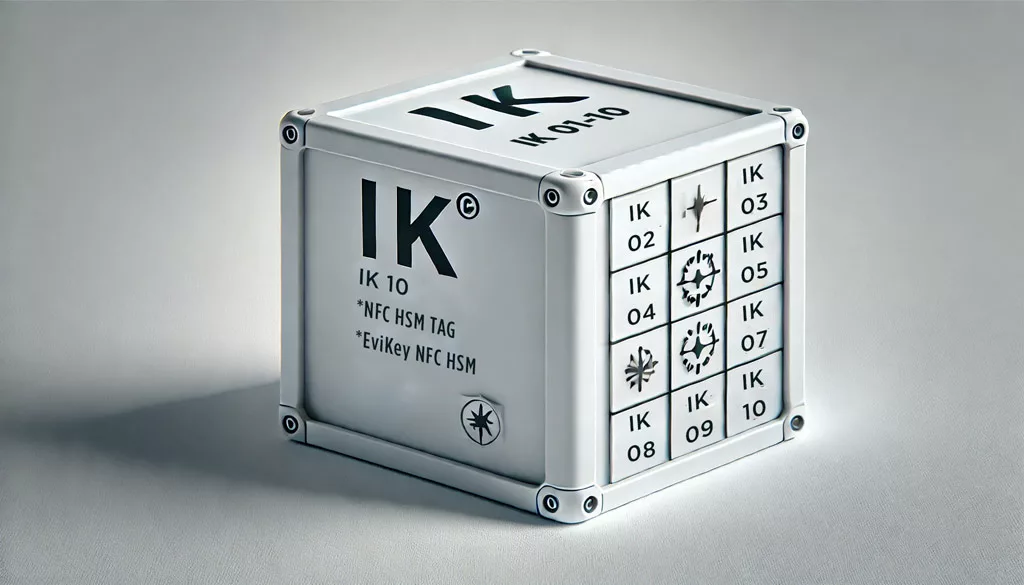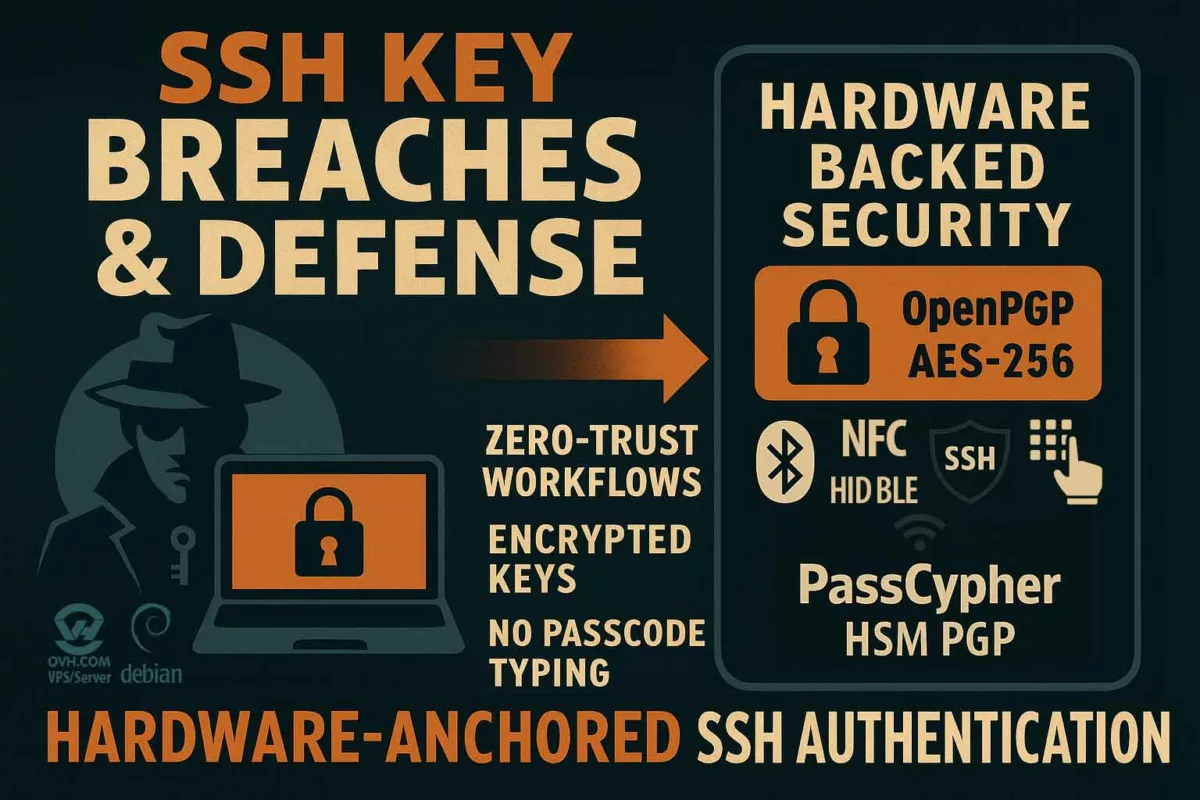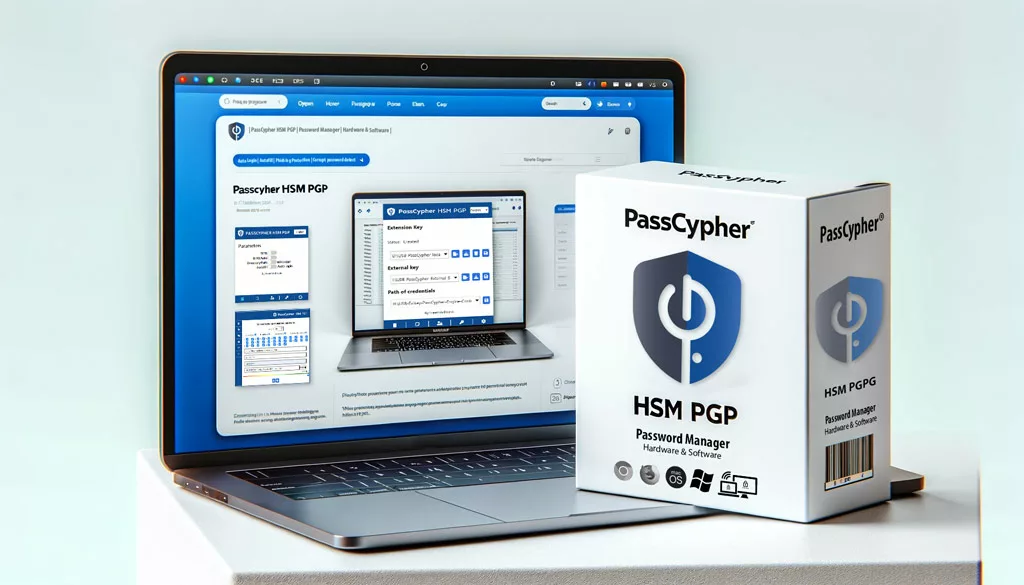What Is IK Rating?
IK Rating Guide is essential for understanding the level of protection an enclosure offers against external mechanical impacts. This guide explains the IK rating system, from IK01 to IK10, and why IK10 represents the highest vandal resistance available. Understanding these ratings ensures you select the right protection level for your electrical enclosures.
Stay informed with our posts dedicated to Technical News to track its evolution through our regularly updated topics.
IK Rating Guide: Understanding the IK Rating System
Frequently Asked Questions (FAQ)
IK ratings measure resistance to mechanical impacts. In contrast, IP ratings assess protection against dust and water.
Improving an IK rating typically involves upgrading the material or adding protective features. This might require replacing the existing enclosure.
IK10 represents the maximum impact energy (20 joules) that standard testing procedures evaluate. This provides the highest available protection against physical impacts.
For more detailed information on IK ratings and their classifications, you can visit the IEC Electropedia. This resource offers in-depth explanations and standards related to IK codes, supporting your understanding of how these ratings are developed and applied.








